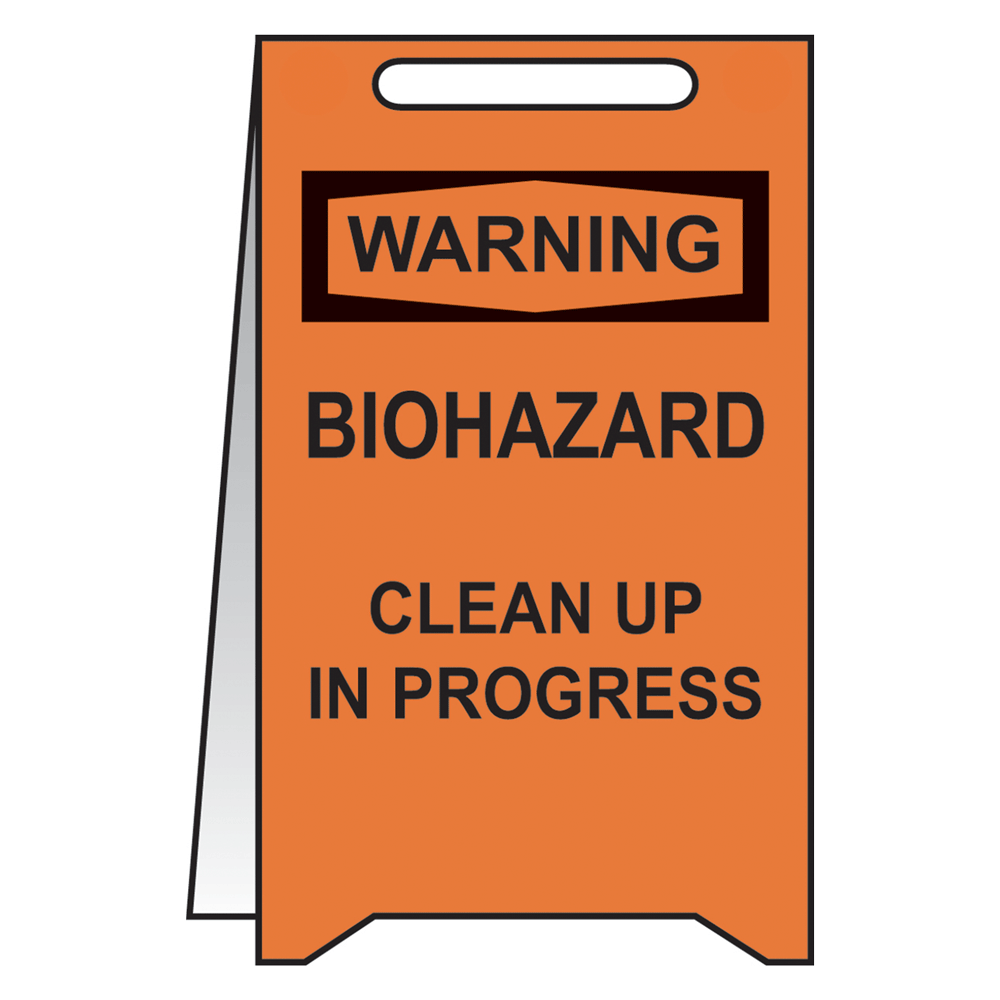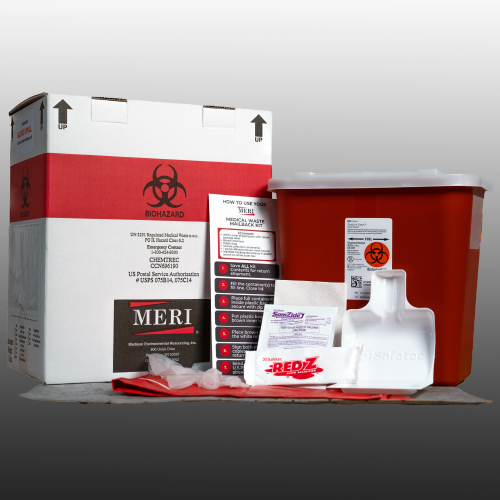Specialist Biohazard Cleaning and Purification for Blood, Bodily Fluids, and Hazardous Materials
In the realm of biohazard cleansing and purification for blood, physical liquids, and dangerous products, precision and know-how are extremely important. The potential wellness risks connected with exposure to biohazards underscore the vital need for meticulous handling and thorough clean-up. Specialized training outfits specialists with the knowledge and skills required to deal with these hazardous scenarios efficiently. Nevertheless, it is not merely concerning cleansing up; the significance of utilizing proper decontamination techniques can not be overemphasized. As we navigate the intricate landscape of biohazard cleanup, understanding the nuances of policies, conformity, and the customized devices at play ends up being necessary in guaranteeing a safe and extensive purification procedure.
Wellness Dangers of Biohazard Direct Exposure
Exposure to biohazards poses significant wellness risks that can cause serious consequences for individuals and areas alike. Biohazards encompass a vast array of biological compounds, consisting of blood, physical liquids, mold, bacteria, viruses, and various other potentially infectious materials. When individuals come right into call with these biohazards, whether with accidents, incorrect handling, or environmental exposure, they deal with the risk of having severe health problems or illness.
One of the primary wellness risks linked with biohazard direct exposure is the transmission of transmittable diseases. Bloodborne pathogens such as HIV, liver disease B and C, and different microorganisms can be existing in biohazardous materials, posing a direct threat to human health. Breathing in air-borne biohazards like mold and mildew spores or entering into contact with polluted surfaces can likewise lead to respiratory system problems, allergies, and various other negative health effects.
Moreover, biohazard exposure can have long-term wellness ramifications, with some diseases manifesting years after the first call (Blood Cleanup). Therefore, it is essential to prioritize appropriate biohazard cleaning and purification to mitigate these wellness dangers and make sure the safety and security of communities and individuals

Specialized Educating for Biohazard Cleaning
When it involves dealing with biohazard cleaning successfully and securely, specialized training plays a fundamental duty in making sure correct purification treatments are adhered to. Biohazard clean-up needs specific expertise and abilities to efficiently minimize dangers connected with bloodborne microorganisms, bodily fluids, and unsafe materials. Professionals educated in biohazard clean-up go through strenuous guideline on exactly how to safely manage, remove, and get rid of biohazardous materials to avoid contamination and exposure.
Specialized training for biohazard cleaning covers a variety of essential topics, including proper individual protective equipment (PPE) usage, bloodborne microorganism awareness, purification methods, and contaminated materials disposal procedures. Individuals educated in biohazard cleaning are geared up with the essential experience to evaluate contamination levels, identify prospective risks, and apply suitable cleanup procedures in compliance with regulatory criteria.
Constant training and education are extremely important in the area of biohazard clean-up to remain updated on the current purification modern technologies, safety procedures, and regulations. By purchasing specialized training, biohazard clean-up professionals can effectively reply to emergency situation clean-up scenarios and guard both public wellness and the environment.
Significance of Correct Purification Techniques
Utilizing correct purification methods is critical in biohazard cleaning to efficiently get rid of harmful products and minimize health and wellness threats. Effective decontamination not just makes sure the elimination of noticeable traces of blood, bodily liquids, and various other biohazards but likewise targets unseen microorganisms that might posture major health and wellness threats otherwise correctly removed. By complying with stringent decontamination methods, trained professionals can considerably minimize the risk of direct exposure to hazardous microbes, infections, and microorganisms that might lead to infections or conditions.
Correct decontamination strategies include the use of specialized tools and disinfectants that are specifically developed to neutralize biohazards effectively. Complete cleansing and disinfection of infected locations are important to prevent the spread of virus and guarantee a safe environment for passengers. In addition, the proper disposal of biohazardous waste adhering to purification procedures is crucial in avoiding contamination of other surfaces or people.

Tools and Devices for Safe Cleaning
When dealing with blood, bodily liquids, or hazardous products, biohazard cleaning professionals rely on specialized gear to lessen direct exposure dangers and thoroughly sanitize the damaged location. Additionally, biohazard cleaning sets including anti-bacterials, absorptive materials, and biohazard bags are used to safely dispose and contain of contaminated items.
Advanced cleaning tools like next page hospital-grade disinfectants, HEPA-filtered vacuums, and fogging makers are used to disinfect surface areas and get rid of biohazards efficiently. Specialized tools such as sharps containers and biohazard waste disposal containers are made use of to securely handle sharp things and biohazardous waste materials. By making use of the appropriate tools and tools, biohazard cleaning specialists can make certain a detailed cleaning process that prioritizes security and decreases wellness threats for both workers and residents of the damaged space.
Laws and Conformity in Biohazard Cleansing
Appropriate adherence to policies and conformity requirements is paramount in biohazard cleansing to guarantee the safety of both personnel and the environment. Federal government agencies such as OSHA (Occupational Safety And Security and Health Administration) and the EPA (Epa) have established certain standards for biohazard clean-up procedures to reduce health and wellness dangers and ecological contamination. These policies cover a range of elements including the handling, transport, and disposal of biohazardous materials, along with the required training and safety tools required for personnel entailed in the cleaning process.
Biohazard cleansing companies need to stay updated with these laws to ensure that their procedures fulfill the needed safety requirements. Failing to follow these guidelines can result in serious repercussions, including fines, legal action, and jeopardizing the health of people and the atmosphere. By adhering to stringent guidelines and compliance actions, biohazard cleaning firms can effectively minimize risks and make sure a risk-free and thorough cleaning process for all celebrations entailed.
Final Thought
Finally, biohazard cleaning and purification require specialized training, correct methods, and adherence to guidelines. Exposure to blood, physical liquids, and unsafe products presents significant health risks, making it vital to utilize the ideal devices and tools for secure cleaning. By following rigorous procedures and standards, experts can efficiently mitigate the dangers connected with biohazard direct exposure and guarantee the security of both themselves and others.
As we browse the detailed landscape of biohazard clean-up, comprehending the nuances of regulations, conformity, and the specific devices at play becomes necessary in making certain a thorough and secure decontamination process. (Blood Cleanup)
When it comes to handling biohazard cleanup successfully and securely, specialized training plays a fundamental function in ensuring correct purification go to this web-site procedures are adhered to.Making use of appropriate decontamination techniques is vital in biohazard clean-up to Learn More Here efficiently reduce and get rid of hazardous products health and wellness risks. In addition, biohazard cleansing sets having disinfectants, absorbing products, and biohazard bags are used to securely dispose and contain of infected things.
Government companies such as OSHA (Occupational Security and Health Management) and the EPA (Environmental Protection Agency) have developed particular guidelines for biohazard cleanup procedures to decrease health risks and environmental contamination.